
The origins of Facebook, one of the most powerful social media platforms today, have been a subject of fascination and speculation for years. At the heart of some of these theories lies DARPA’s (Defense Advanced Research Projects Agency) Lifelog program, an ambitious project with striking similarities to what Facebook would become.
What Was DARPA’s Lifelog?
Lifelog was a DARPA initiative designed to create a detailed digital record of a person's entire life. Proposed in the early 2000s, the program aimed to collect data about individuals' activities, relationships, and interactions, encompassing:
Emails and phone calls
Photos and videos
Online searches and transactions
Physical locations via GPS
The goal was to build a comprehensive picture of an individual's behavior and interactions, ostensibly for advancing artificial intelligence and improving military operations. The concept was to develop a comprehensive, searchable digital archive of a person’s entire life. Beyond preserving users’ experiences indefinitely, this data collection was envisioned to support military “researchers” in creating artificial intelligence systems capable of emulating human thought processes (some transhumanistic live forever kinda bizzzzness). However, the program faced significant backlash from privacy advocates, who likened it to Orwellian surveillance. Facing this criticism, DARPA officially canceled Lifelog on February 4, 2004.
Facebook Launches the Same Day
On February 4, 2004, the same day Lifelog was shut down, Mark Zuckerberg launched Facebook from his dorm room at Harvard University. The timing has fueled speculation that Facebook might be a continuation of the Lifelog project, rebranded under the guise of a social networking site.
Facebook’s early structure aligned “closely” with Lifelog’s objectives (it’s the same thing with a different name). Users voluntarily provided personal information, including their interests, locations, photos, and social connections. Over time, Facebook became a treasure trove of data on billions of individuals worldwide.
How Zuckerberg, Thiel, and Their Partners Got Involved
Mark Zuckerberg’s involvement with Facebook’s creation has often been presented as an independent initiative, but deeper connections suggest otherwise. Zuckerberg and his co-founders, including Eduardo Saverin, Dustin Moskovitz, and Chris Hughes, were working on a social networking site initially intended for Harvard students.
However, their work caught the attention of powerful entities, including investors with ties to government projects.
Initial Funding: Early funding for Facebook came from Peter Thiel, a Silicon Valley entrepreneur and co-founder of PayPal. Thiel’s company, Palantir Technologies, has deep connections with U.S. intelligence agencies, including the CIA. Palantir’s expertise in data analysis aligns with the objectives of DARPA’s Lifelog program. Thiel also became an early backer of Donald Trump’s 2016 presidential campaign, positioning himself as a power broker between Silicon Valley and the newly elected administration.
Mentorship and Guidance: Sean Parker, a co-founder of Napster and an early Facebook executive, introduced Zuckerberg to Silicon Valley’s elite, further embedding Facebook into networks of influential investors and technologists.
Thiel’s intelligence connections suggest that Facebook’s trajectory was shaped by interests far beyond Zuckerberg’s dorm room. This raises questions about whether the platform’s development served private or governmental objectives—or both.
The Role of Regina Dugan
Regina Dugan, a former DARPA director, later joined Facebook’s hardware division, Building 8, in 2016. Known for her controversial tenure at DARPA, Dugan was instrumental in advancing projects that blurred the lines between technology and surveillance. During her leadership, DARPA funded programs focused on data collection, biometrics, and artificial intelligence—all tools that could align with Lifelog’s objectives.
At Facebook, Dugan’s role involved spearheading ambitious projects like brain-computer interfaces and advanced sensors, furthering Facebook’s reach into intimate aspects of users’ lives. Her seamless transition from DARPA to Facebook highlights a pattern of key individuals moving between government surveillance programs and private technology companies. Dugan’s career trajectory exemplifies how governmental and private initiatives often intersect in ways that benefit data collection enterprises.
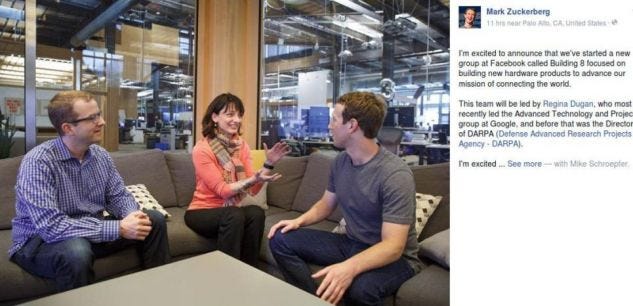
Facebook’s Controversies: Elections and Vaccines
Facebook has been at the center of multiple controversies that reflect its role as a data collection and influence platform:
Election Interference: Facebook’s platform has been accused of enabling misinformation campaigns during the 2016 and 2020 U.S. presidential elections. Reports have highlighted how foreign actors, such as Russia’s Internet Research Agency, exploited Facebook’s algorithms to influence voters. The ability to micro-target individuals with tailored propaganda raises questions about whether these capabilities were born out of intelligence agency interests. Thiel’s proximity to Trump’s administration also suggests potential collusion between Facebook’s data capabilities and political strategies (even though my personal opinion is that all elections are rigged…but I digress).
COVID-19 Vaccine Messaging: During the COVID-19 pandemic, Facebook actively collaborated with government agencies to moderate vaccine-related content. While this was officially aimed at combating misinformation, critics argue that it suppressed legitimate questions and alternative viewpoints about vaccine safety. Given DARPA’s historical role in biotechnology and bio-surveillance, the coordination between Facebook and governmental bodies during the pandemic seems less coincidental.
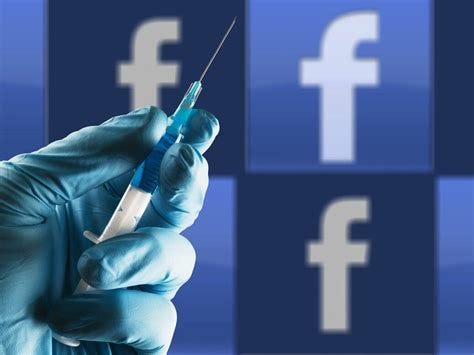
How the Data Is Used
The data collected from Facebook has applications far beyond social networking. It can be used to:
Predict and influence user behavior through targeted advertising and psychological profiling.
Develop AI models for surveillance and intelligence purposes.
Manipulate public opinion during elections or crises.
By offering a platform where billions of users willingly share personal information, Facebook provides a goldmine of data for both private corporations and government agencies. This data is not just used to sell ads—it shapes the very fabric of society by controlling what people see, believe, and do.
Exposing the Machinery
The parallels between DARPA’s Lifelog and Facebook are striking, from their objectives to their methods of data collection. Figures like Regina Dugan and entities like In-Q-Tel further connect the dots between government-backed surveillance projects and private technology firms. While definitive proof of a direct handover remains elusive, the timing, funding sources, and operational similarities are difficult to ignore.









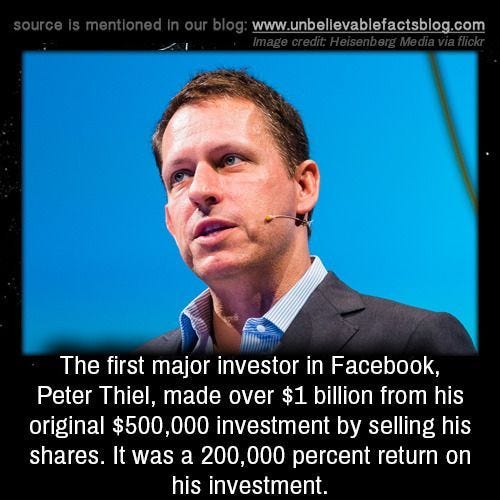

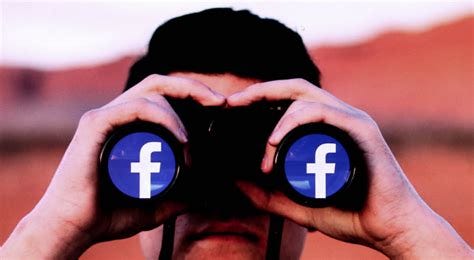

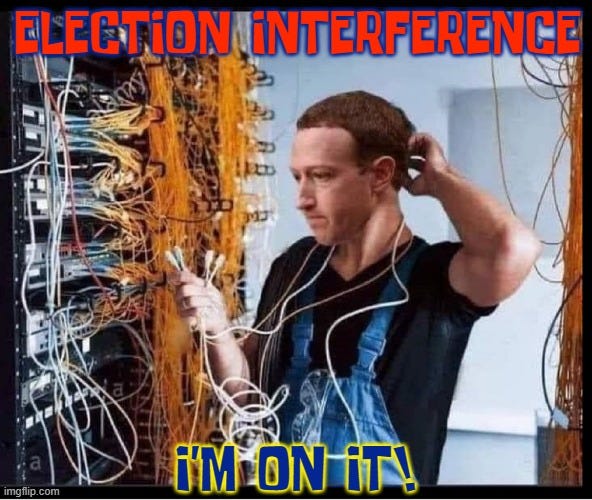
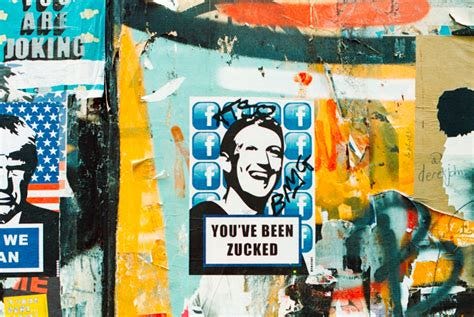








Thiel has close ties to JD Vance. Just sayin.
After further review, I'm going to go out an a very short limb here and state,
DARPA and Facebook have an identical relationship as the CDC and Pharma.
But I suppose it's no more than a nonpartisan public private partnership
with an objective to help save our Democracy.
https://youtu.be/MDq-36LEcwI?t=79